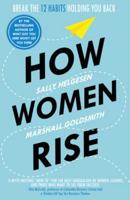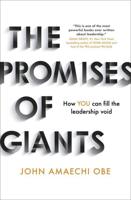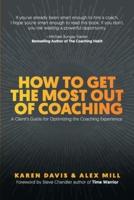Publisher's Synopsis
Introduction: You are Good Enough at Sales, Get Better at This ...
Why did I call this book White Collar Prospecting? Is it because I don't like, or respect blue-collar work? No, not at all. I grew up in Marion, Indiana. You could not grow up in a more blue-collar General Motors factory town. I've also worked my fair share of blue-collar jobs as a kid and young adult. For most of my sales career I've had a blue-collar attitude towards prospecting. Acting like a bulldozer, endlessly cold calling and emailing prospects with a never-quit attitude, embracing rejection as a badge of honor.
But over the past decade I've noticed a trend. Cold prospecting doesn't work as well at is used to. And this shouldn't surprise anyone because times have simply changed. About a century ago technology enabled salespeople to canvas neighborhoods door-to-door. It was the automobile that magnified their sales efforts and allowed them to cover larger territories more efficiently.
Then another technology came along, the telephone shifted selling from door-to-door to the more efficient over-the-phone. Then technology changed selling again - TV and radio enabled sales messages to harness sight, sound and motion and moved selling from one-on-one to a more efficient one-to-many opportunity.
And now, once again, technology has changed selling. Now it's the internet, email, smartphones, the shift to automation, and the growth in artificial intelligence. Realize this: Prospects are busier than ever. They have more choices, and better information. They have more salespeople calling on them than ever before. Most importantly, prospects buy differently today than they did just 10 years ago.
But for a variety of reasons, many sales organizations still cling to cold prospecting as their primary method to develop new business ... ignoring the potential of technology ... and marketing ... while wasting the valuable time and energy of their salespeople.
Here's what I realized: I'm good enough at sales. You are probably good enough at selling too. Most of us who've been selling our entire lives have attained enough muscle memory to be a competent closer. Put me, or you, in a room with a good prospect, and we'll have a pretty good chance of closing that sale. For most sales professionals, our lack of sales skills is largely not the problem. The problem for most salespeople today is getting the attention of our most desirable prospects.
The real challenge is getting the opportunity to sell, getting the appointment. One of my favorite movies (and books) of all time is Moneyball by Michael Lewis. Billy Bean, the General Manager, had to rebuild his team (The Oakland A's) every season because big market teams (like the Yankees) could pay his players more money. Billy's team was essentially a farm system for richer teams. So, he decided to play a different game.
Billy became the first GM in professional sports to rely on data to select his players. Prior to this, choosing who to draft, and pay millions to, was based entirely on human judgement. In essence, evaluating talent was a crapshoot, done manually and prone to bias and severe misjudgment by the most experienced scouts.
But in the traditional world of baseball, this is how scouting had always been done ... and nobody thought there was anything wrong with it ... Until Billy Beane got tired of losing to the Yankees. His data-based approach focused on a single stat that measured a player's contribution to winning: On-Base Percentage.
More players on base = more runs scored = more wins. A similar metric exits in sales. In sale








